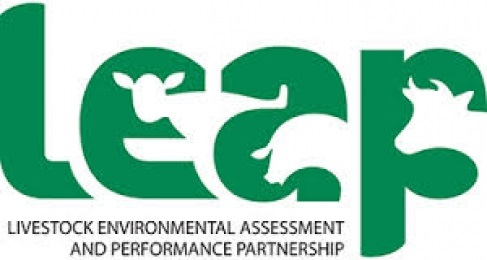 For him, livestock production will respond to continued global population growth, especially when it comes to countries where access to food and adequate nutrients are still insecure.
For him, livestock production will respond to continued global population growth, especially when it comes to countries where access to food and adequate nutrients are still insecure.
 The most important element is how food is produced, processed, and distributed in different regions rather than the actual number of livestock available. Livestock herds provide meat, milk and raw materials such as cattle hides that provide income for herder families in developing countries.
According to Huang, there is not one blanket production and distribution system that can be applied worldwide, but each region has its own characteristics and so solutions must be viewed and implemented locally.
Huang has also concluded that as livestock production systems are diverse, which one is the more sustainable is difficult to evaluate due to the multiplicity of regional variations.
“But the fact that this complexity is difficult to explain doesn’t mean that this should remain a mystery”, stressed Huang. “On the contrary, we need to engage the public and consumers in a two way discussion because the future of livestock is in our hands and depends entirely on what we collectively decide as a society,” he stated.
FAO LEAP allows participants of the global livestock supply chain to use its platform to contribute to an international dialogue, transfer knowledge, and monitor the environmental impacts and performance of the livestock sector through data and science-based analysis.
The most important element is how food is produced, processed, and distributed in different regions rather than the actual number of livestock available. Livestock herds provide meat, milk and raw materials such as cattle hides that provide income for herder families in developing countries.
According to Huang, there is not one blanket production and distribution system that can be applied worldwide, but each region has its own characteristics and so solutions must be viewed and implemented locally.
Huang has also concluded that as livestock production systems are diverse, which one is the more sustainable is difficult to evaluate due to the multiplicity of regional variations.
“But the fact that this complexity is difficult to explain doesn’t mean that this should remain a mystery”, stressed Huang. “On the contrary, we need to engage the public and consumers in a two way discussion because the future of livestock is in our hands and depends entirely on what we collectively decide as a society,” he stated.
FAO LEAP allows participants of the global livestock supply chain to use its platform to contribute to an international dialogue, transfer knowledge, and monitor the environmental impacts and performance of the livestock sector through data and science-based analysis. 
使用條款 | 隱私政策 | APLF 可持續發展